Troubleshooting Steps for When a | Range Hood Isn’t Working
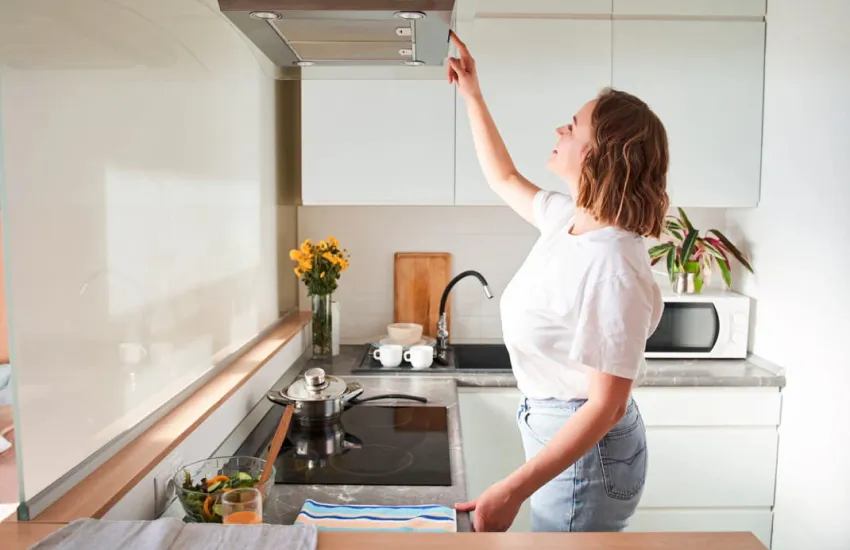
A non-working range hood can be incredibly frustrating, especially when you rely on it to clear the air while cooking. Whether it’s a simple power issue or a problem with the fan, motor, or ventilation, many common range hood problems can be resolved with some basic troubleshooting.
Troubleshooting Steps for When a Range Hood Isn’t Working
A range hood is one of the most important appliances in your kitchen, helping to clear smoke, steam, and odors from your cooking space. But when your range hood stops working, it can leave your kitchen uncomfortable and unventilated. Whether it’s a power issue, fan malfunction, or something else, knowing how to troubleshoot common range hood problems can save you time and money.
In this guide, we will walk you through the most common issues that cause range hoods to stop working and provide step-by-step solutions. From checking the power supply to inspecting the fan and motor, we’ve got you covered. If these troubleshooting steps don’t resolve the issue, we’ll explain when it’s time to call in a professional for further help.
Your fridge is a kitchen superstar as it keeps all your food fresh and drinks cold.
But does the fridge feel warm when you open it?
Is there water all over the floor?
Fridge issues are the worst!
1. Check Power Supply
A lack of power is often the root cause of a non-functioning range hood. Here’s what to check:
- Ensure the Range Hood is Properly Plugged In: Verify that the Range Hood’s plug is securely connected to the outlet. Sometimes, it’s easy to overlook a loose connection.
- Inspect the Circuit Breaker or Fuse Box: A tripped breaker or blown fuse can prevent your range hood from receiving power. Check the fuse box or circuit breaker panel for any issues.
- Test the Outlet: Plug another working appliance into the same outlet to ensure the power source is functioning properly. If the outlet isn’t working, you may need an electrician to fix it.
2. Examine Fan and Motor
If the power supply is working, but the fan isn’t turning on, it’s time to check the fan and motor:
- Turn Off the Power: Always ensure the power is off before inspecting the fan or motor to avoid any electrical hazards.
- Inspect the Fan Blades: Check for any grease buildup, debris, or obstructions blocking the fan blades. Clean the blades with a brush or a vacuum to remove any debris.
- Clean the Motor: Dirt and grease can accumulate in the motor, causing it to run inefficiently. Use a brush to clean the motor and remove any build-up.
- Check for Free Movement: Manually spin the fan blades to see if they move freely. If they don’t, the motor or fan may be faulty and need replacement.
3. Inspect Filters
Clogged or dirty filters can significantly reduce the performance of your range hood. Follow these steps:
- Remove and Clean the Filters: Follow the manufacturer’s instructions to remove and clean your range hood’s filters. Typically, this involves soaking them in warm soapy water and scrubbing away grease buildup.
- Replace Filters if Necessary: If the filters are excessively dirty or damaged, it’s time to replace them with new ones. A clogged filter can hinder airflow and reduce the hood’s effectiveness.
- Ensure Proper Installation: When reinstalling the filters, ensure they are properly seated to avoid further blockages or issues.
4. Test Controls and Switches
If the fan or lights still aren’t functioning, the issue may be with the control switches:
- Use a Multimeter to Test Continuity: You can test the continuity of the fan and light switches with a multimeter. If there’s no continuity, the switches are faulty and need to be replaced.
- Inspect Wiring Connections: Check the wire harness connections between the control panel and the fan motor. Loose connections can cause malfunctions in the range hood.
- Check the Electronic Control Board: If there are any visible burn marks or damage on the control board, it may need to be replaced to restore functionality.
5. Examine Wiring
Faulty wiring is another common cause of range hood issues. Here’s how to inspect the wiring:
- Turn Off the Power: Ensure the power is off to avoid electrical shock while inspecting the wiring.
- Look for Loose or Damaged Wires: Check all visible wiring for loose connections, frayed wires, or signs of wear and tear.
- Repair or Replace Damaged Wiring: If you find any damaged or loose wires, reconnect them or replace them to ensure safe and proper operation.
6. Verify Ventilation
A blocked ventilation system can affect airflow and overall performance. To verify your range hood’s ventilation:
- Inspect the Ventilation Duct: Look for any blockages or obstructions in the ductwork. This could be grease, dirt, or other debris that is blocking airflow.
- Ensure Proper Duct Connection: Verify that the ductwork is properly connected and vented to the outside. Improperly sealed ducts can prevent effective ventilation.
- Check for Kinks or Sharp Bends: Flexible ductwork can become kinked or bent, restricting airflow. Inspect the ducts and make sure they are smooth and unobstructed.
7. Troubleshoot Lighting Issues
If the lights on your range hood aren’t working, here’s what to check:
- Replace Burnt-Out Bulbs: The most common cause of non-functional lights is burnt-out bulbs. Replace them with the appropriate wattage and bulb type.
- Test the Light Sockets: Use a multimeter to check the continuity of the light sockets. If there’s no continuity, the socket may be defective.
- Inspect Wiring to Light Fixtures: Loose or damaged wiring can cause the lights to malfunction. Tighten or replace any faulty connections.
8. Check for Unusual Noises
Unusual sounds from your range hood could indicate mechanical issues. Here’s how to troubleshoot:
- Tighten Loose Screws or Components: Rattling noises often come from loose parts inside the range hood. Tighten any screws or components that are causing vibrations.
- Lubricate the Fan Motor Bearings: If accessible, lubricate the motor bearings to reduce friction and noise.
- Balance the Fan Blades: If the fan blades are unbalanced, they can create noise. Clean off any grease buildup and check for any damage.
9. Assess Ventilation Performance
Poor ventilation is often a sign that the fan is struggling or underpowered. Here’s how to assess performance:
- Test Airflow with Tissue Paper: Hold a tissue paper near the hood while it’s running. If the paper doesn’t move, the airflow is insufficient.
- Verify Fan Speed Settings: Test each fan speed setting to ensure the fan is adjusting correctly. If it’s not changing speeds, there may be an issue with the control switch or motor.
- Consider a More Powerful Fan: If your current fan is inadequate for your kitchen needs, consider upgrading to a more powerful model for better ventilation.
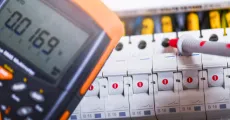
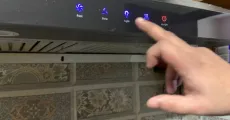
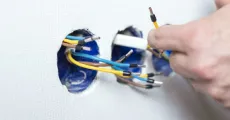
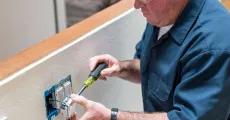
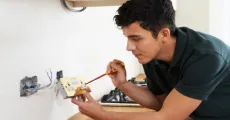
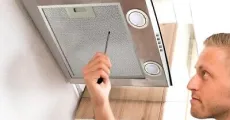
When to Call Professionals
If these troubleshooting steps don’t resolve the issue or if you’re uncomfortable making repairs, it’s time to contact a professional. CLT Appliance Repair offers expert diagnostics and repairs for all types of range hood problems. Our experienced technicians will quickly identify and fix the issue, ensuring your range hood is working efficiently again.
Call CLT Appliance Repair today for fast, reliable range hood repair service!
FAQs
Check the power supply, including the outlet, fuse box, and circuit breaker. If the power supply is working, inspect the fan and motor.
If your filter is heavily clogged, damaged, or doesn’t clean properly after washing, it’s time for a replacement.
Loose components, debris in the fan blades, or a worn-out motor can cause noise. Tighten screws, clean the blades, and lubricate the motor bearings.
Replace burnt-out bulbs, test the light socket for continuity, and inspect the wiring for loose connections.
Check for blockages in the ductwork, ensure proper duct connections, and verify that the fan motor is working efficiently.
Don't let a malfunctioning Range Hood disrupt your daily life. Contact CLT Appliance Repair today at 704-606-9043 to schedule your Range Hood repair service.
We'll have your Range Hood back to optimal performance in no time!.

